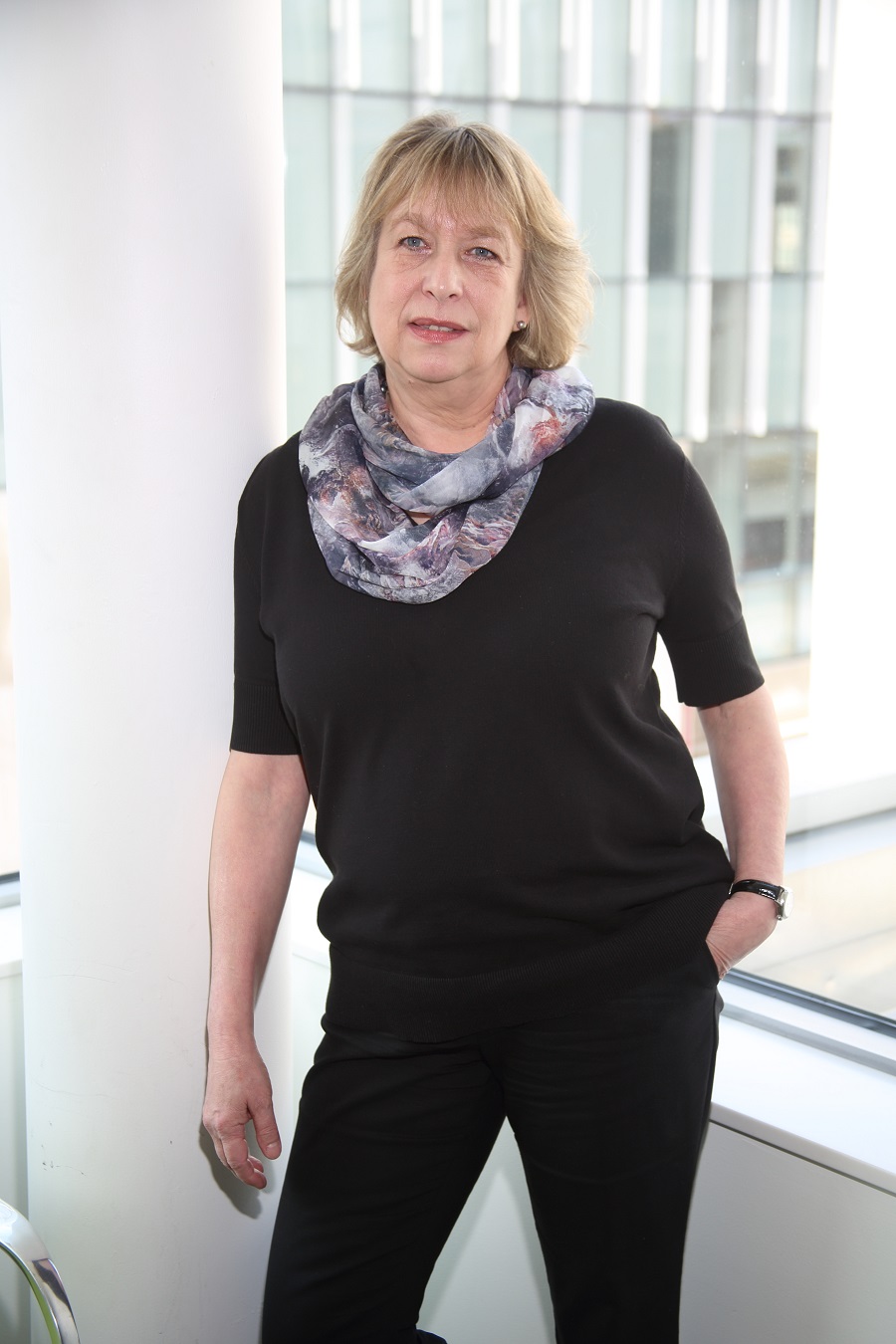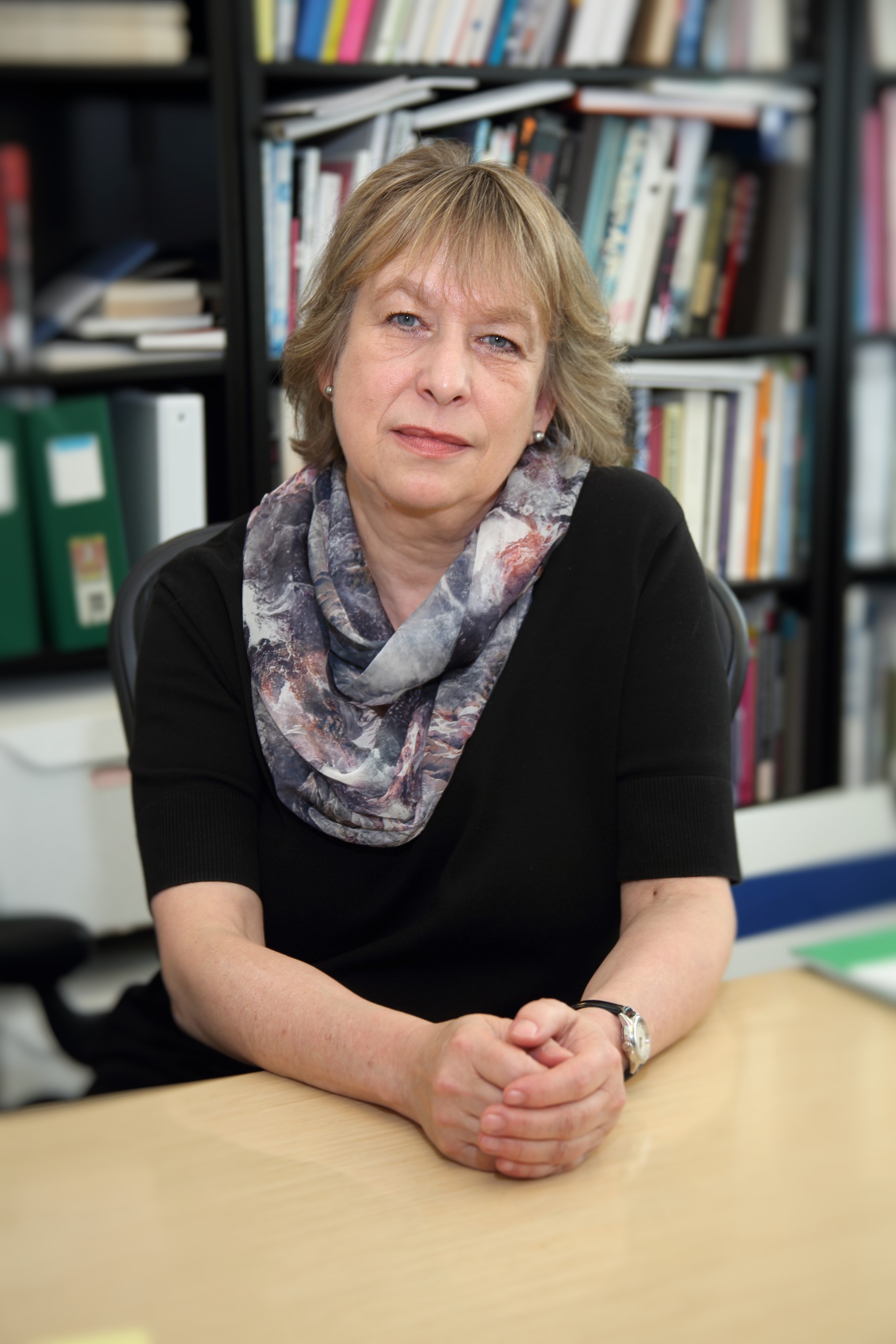“As a museum, the works we show are never one-dimensional, they ask questions, but don’t give clear answers—that’s the intriguing part.”

In the late ‘90s, a significant, wide-ranging exhibition opened to international acclaim in Los Angeles. The exhibit, “Exiles and Emigrés,” chronicled the works of well-known artists like Max Ernst, Max Beckmann and Marc Chagall, who, along with hundreds of thousands of Jews and other “undesirables,” began to flee from Nazi Germany and occupied Europe when Adolf Hitler assumed power in 1933. Many of those who sought refuge in the United States were able to rebuild their lives and flourish, and their work ultimately contributed to the transformation of the American arts scene post-war and in the latter half of the 20th century.
Sabine Eckmann, the longtime director and chief curator of the Mildred Lane Kemper Art Museum, was among the key players involved with “Exiles” when the exhibition opened in 1997 at the Los Angeles County Museum of Art. A native of Nürnberg (Nuremberg) in southern Germany, Eckmann permanently moved to the U.S. in 1993, after completing her bachelor, master and doctoral degrees from the University of Erlangen-Nürnberg and the University of Cologne.
“Nürnberg is one of the oldest German cities, and it had a conflicted history during the Third Reich—it was the city of big Nazi party rallies,” she explained. “Those events played an important role in shaping me. It was certainly something I grew up with in school—it was an emphasis, learning all about the city’s Nazi past.”
Eckmann’s parents were originally from East Germany, where her father worked as an actor and her mother wrote children’s plays. When the Berlin Wall was erected, the couple fled to West Germany, where he later found work as a journalist and she became a school teacher.
“Because my father was a refugee from East Germany, exile was always something that interested me,” Eckmann said, noting that her parents’ background in the arts fueled her own interest. “I grew up with art. My family went to museums constantly.”
Her upbringing set up the framework for a lifelong career as a specialist in 20th- and 21st-century European art and visual culture with a focus on the intersection of art and politics.
“When I was finishing my dissertation in Cologne, I had a grant to do research in the U.S. and worked in the Getty Center. At the time, I found out about this very interesting exhibit at LACMA that dealt with art and politics, so I applied to work there for a one-year internship—that was my goal,” she said. “I was accepted, started working there, and later was offered a position at the museum.”
But Eckmann’s new job as research associate at the prestigious museum wasn’t the only life-changing event to happen to her in Los Angeles: She also met her future husband, Keith Holz, an art historian from the University of Kentucky, who happened to be working at LACMA for the summer.
It was also during this time that she was introduced to the Mildred Lane Kemper Art Museum in St. Louis.
“During the prep of “Exiles,” when I was doing research, requesting loans, etc., I became aware of the collection at the Kemper,” she said. “Its collection has strong examples of European exile art…they have Beckmann, Ernst, Braque…”
Eventually, Eckmann would learn a lot more about the Kemper, including the fact that the museum’s history dates back to 1881, and houses one of the finest university collections in the country. More important, the Kemper is known for its notable examples of artwork from cubism, expressionism, surrealism and other modernist movements.
“In the ‘40s, an exiled German art historian, H.W. Janson, who was on the faculty at Washington University, served as the first real curator of the museum’s collection,” Eckmann explained. “He sold many of the museum’s 19th-century artworks and used the money to acquire 40 pieces of predominantly modern European art, establishing the museum as a truly modern art museum.”

The Kemper’s collection so appealed to Eckmann that she applied for—and landed—the job of museum curator in 1999. In 2005, she was appointed director of the museum, when it officially became part of Washington University’s Sam Fox School of Design & Visual Arts and moved to its current building on campus.
Eckmann’s first major exhibition as director was “Reality Bites: Making Avant-Garde Art in Post-Wall Germany,” which showcased the evolution of German art after the country’s reunification. Following the success of “Reality Bites,” she was able to secure funding to add significant pieces of contemporary German art to the museum’s collection, eventually turning its focus to a more diverse array of modern and contemporary works from artists such as Arman, Marcel Duchamp, Isa Genzken, Rashid Johnson, Gary Simmons and Carrie Mae Weems.
She’s currently hard at work on the upcoming “Ai Weiwei: Bare Life,” an exhibition that will offer new insight into the work of the celebrated Chinese artist and human rights advocate, showcasing more than 3 dozen artworks, including large-scale projects created specifically for the exhibit and some never before seen in the United States.
“Ai Weiwei is so apt and gifted to do this. He very much works himself into the history of important art. Like Duchamp and Warhol, he’s committed to realism, he’s telling stories—it’s rare that artists can do both,” Eckmann noted. “His work is breathtakingly beautiful and horrific at the same time.”
And while the Kemper is best known for pushing the envelope when it comes to exploring the intersections between art, politics and everyday life through artists such as Ai, Eckmann leaves the interpretation up to the beholder.
“As a museum, I don’t think we want to take political stances or proliferate one viewpoint,” she said. “We are very much devoted to moral issues and to issues of social justice, but in a universal way. The works we show are never one-dimensional, they ask questions, but don’t give clear answers—that’s the intriguing part.”
“Ai Weiwei: Bare Life” will open on Sept. 28, coinciding with the debut of the bigger and better Kemper, following a two-year, multi-million-dollar renovation and expansion that will increase the public display space by 50 percent and allow for significantly more of its collection to be shown.
Celebrated Chinese Dissident Artist Ai Weiwei Brings Exhibit to St. Louis





